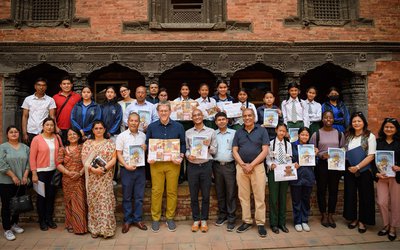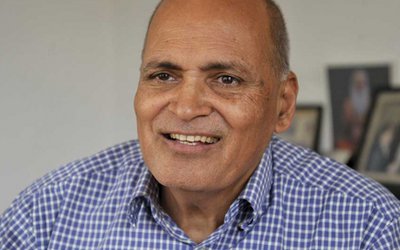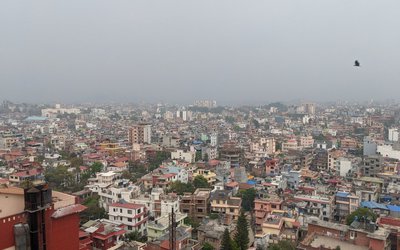Hardly a day goes by without coming across a close-up of a deceased published in social media.
Whether it is those who passed away of natural causes or died in a tragic, violent accident, or even those awaiting their last breath on a hospital bed, the images seem equally disturbing and too intimate to share them with the world.
In Nepali culture, regardless of the ethnic background or caste, elderly people are highly respected. So are the ancestors, whose spirits are venerated and memory cherished. At the same time, the images of relatives or strangers in their most vulnerable state are displayed publicly with little or no concern for their dignity.
It has been a common practice in many European countries to protect the identity of infants, alleged criminals and the deceased by covering or blurring their faces in all kinds of publications. Lately, the law has become even more strict in this matter. In general terms, when it comes to children, their identity must be protected in the media by default until they are of age and can decide for themselves how to manage their privacy. Revealing the identity of the alleged criminals, who are presumed innocent until proven guilty, could stigmatise them in the public eye – unfairly, if eventually they are cleared of charges. Hence, their faces must be covered too. Lastly, with regard to the deceased, the prime concern is to protect their dignity.
What exactly drives people to post unsettling images? Not necessarily an intentional disrespect. Psychologists agree that due to the exposure to so much of violence in the media, movies or video games we become more and more numb to human tragedy. Therefore, our sensitivity to the content we watch and post gradually weakens. Is it entirely due to that numbness though? Could it be that we use morbid images that appeal best to our atavistic instincts in order to draw attention to what we say in digital forums more successfully?
Or maybe it is a spirit of citizen journalism speaking? The urge to report or warn others of dangers? But why that sensationalist spin? Even stressing the deadly perils of traffic doesn’t require exposing its victims’ disfigured bodies or pain still imprinted on their faces…
The sole purpose of this piece is to start the conversation and invite the readers to reflect on this delicate issue.
The way one uses their voice in public and handles the powerful tool of social media may not be regulated by law. But can’t it be guided by respect?

Edyta Stępczak
journalist, author, Social Entrepreneurship advocate
- Unmute Your Mode
- Oct 29, 2020
- Wake up call
- Apr 22, 2016
















